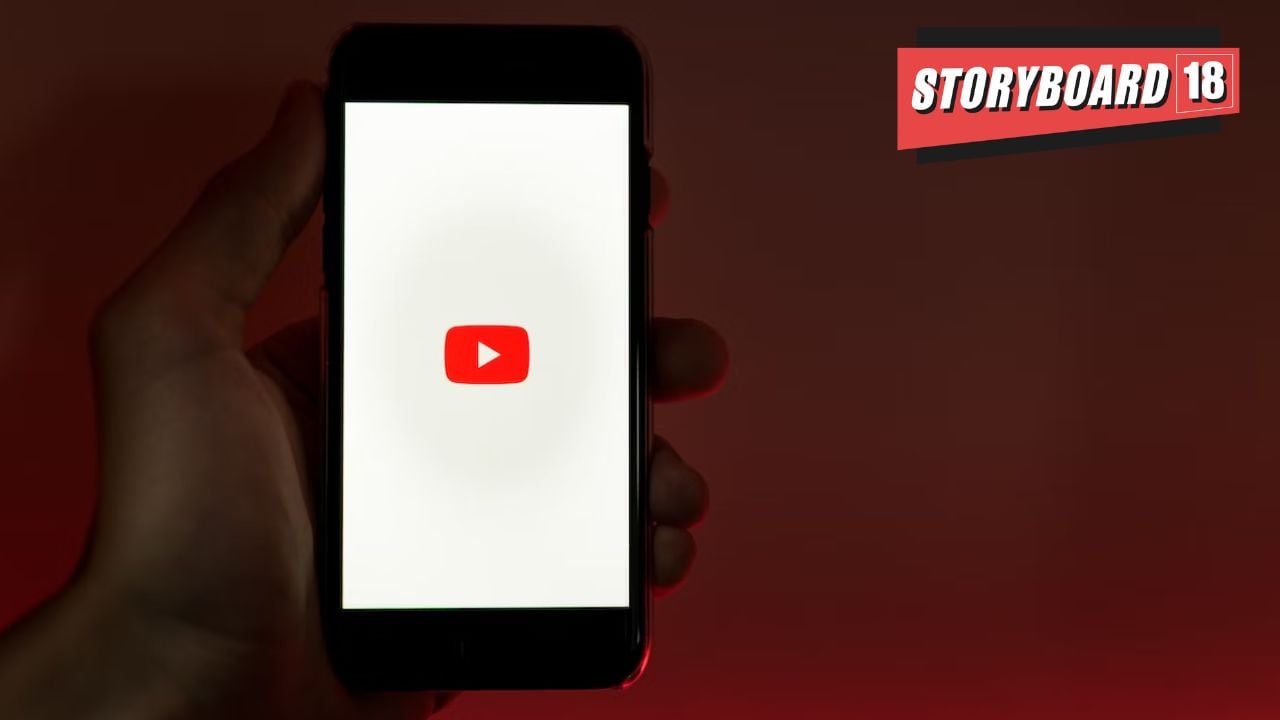YouTube is an American online video-sharing platform headquartered in San Bruno, California, founded by three former PayPal employees—Chad Hurley, Steve Chen, and Jawed Karim—in February 2005. YouTube allows users to upload videos, view them, rate them with likes and dislikes, share them, add videos to playlists, report, make comments on videos, and subscribe to other users.
Read more: YouTube to roll out more tools to support podcasters, monetisation for creators
However, the video-sharing platform has faced various criticisms over the years, particularly regarding content moderation, offensive material, and monetization policies. As YouTube entered its 20th year of inception on 14th February, here’s a roundup of the 10 controversial moments when the platform came under heavy fire for its content:
Ranveer Allahbadia, Samay Raina – India’s Got Latent
In early 2025, YouTube removed a video featuring YouTuber Ranveer Allahbadia—popularly known as BeerBiceps after calls for the removal based of multiple complaints. The video, which appeared on stand-up comedian Samay Raina’s show India’s Got Latent, contained remarks that many found vulgar, sparking widespread criticism and reigniting debates over content boundaries on the platform.
“The All-India Bakchod Knockout” roast
During a live show hosted at NSCI Dome in Worli, the “All India Bakchod Knockout” featured celebrity roasts involving Bollywood director Karan Johar, AIB Members: Ashish Shakya, Tanmay Bhat, Rohan Joshi, and Gursimran Khamba. The event quickly turned controversial as social activists filed FIRs against the attendees, and after mounting public backlash, the video was eventually removed from YouTube.
CarryMinati’s “YouTube Vs TikTok-The End” controversy
Popular creator Ajey Nagar, better known as CarryMinati, released a video titled YouTube Vs TikTok-The End in a response to a provocative Instagram post by TikTok user Amir Siddiqui. The video, which touched on issues of online harassment and creator rivalry, was taken down by YouTube following numerous complaints of cyberbullying and harassment, intensifying the debate over free speech versus harmful content.
The Notre-Dame fire misdirection
In the immediate aftermath of the Notre-Dame fire on April 15, 2019, several user-uploaded videos were flagged by YouTube’s automated system. In a surprising twist, the videos were paired with an Encyclopaedia Britannica article on false conspiracy theorists linked to the September 11 attacks. This misidentification led to widespread user complaints, prompting YouTube to issue an apology and commit to refining its content-identification algorithms.
Family Vlogging and Child Safety Concerns
As family vlogging soared in popularity around 2017, controversies surrounding child safety began to surface. The notorious case of the FamilyOFive channel, which featured questionable “prank” videos involving children, culminated in accusations of child abuse. The fallout was severe—videos were removed, and two children were taken into protective custody. A similar case arose in 2019 with the Fantastic Adventures channel, further spotlighting the risks inherent in unsupervised child-focused content.
The Elsagate Controversy
A wave of inappropriate videos targeting children ignited what became known as the “Elsagate” controversy. Videos featuring popular children’s characters in violent, sexual, or otherwise disturbing scenarios, many of which were found on YouTube Kids, quickly attracted millions of views and intense public outcry. In response, YouTube announced a series of measures aimed at tightening its content security to better protect younger audiences.
Banning Dangerous Challenges and Pranks
In a bid to curb content that encouraged physical harm, YouTube implemented a ban on videos featuring “challenges” with an inherent risk of severe injury—such as the infamous Tide Pod Challenge—as well as pranks that put victims in situations of perceived physical danger or emotional distress. This move was prompted by mounting concerns over the influence of such content on younger and impressionable viewers.
The Turkish Ban Over Atatürk Insults
In 2007, a Turkish judge ordered that YouTube be blocked within the country following the hosting of content deemed insulting to Mustafa Kemal Atatürk, a crime under Turkish law. This early instance of content-based censorship highlighted the complex interplay between local legal frameworks and the global nature of online platforms.
Pakistan’s Brief YouTube Blackout
On February 23, 2008, Pakistan blocked access to YouTube after the platform hosted content considered offensive to the Islamic faith—including depictions of the Danish cartoons of Prophet Muhammad. The ban, which inadvertently caused a near-global blackout of the site for about two hours, was lifted on February 26 after YouTube removed the objectionable content at the government’s request.
Algorithm Accusations and Extremist Content
In 2018, YouTube faced fierce criticism over its recommendation algorithm, which was accused of promoting extremist content—from conspiracy theories to white supremacist propaganda. Critics argued that the algorithm’s unchecked influence contributed to the radicalization of vulnerable audiences. In response, YouTube vowed to overhaul its recommendation systems, emphasizing stricter content guidelines and improved detection mechanisms for harmful material.
